What is Ise ebi?
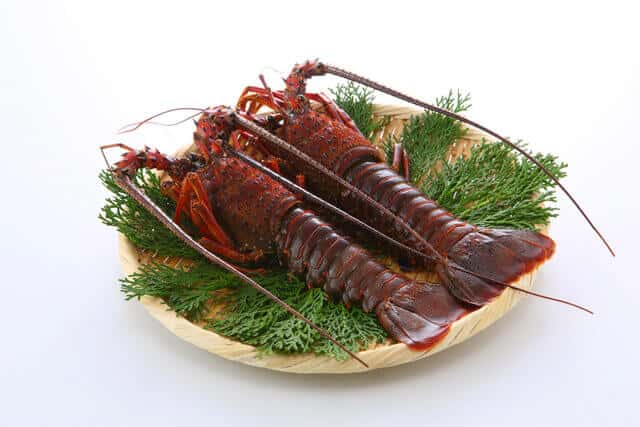
Ise ebi (伊勢海老), also known as Japanese spiny lobster or Ise lobster, is a highly prized type of crustacean caught in Mie Prefecture, Japan. Ise ebi, or Japanese spiny lobster, usually grows to about 20 to 30 cm long, though some can reach over 40 cm. They have a reddish-brown body with white stripes and spots, along with long antennae. These lobsters are found in the warm waters of the western Pacific, particularly around Japan, the East China Sea, and the South China Sea. Known for their delicious taste, they are a popular luxury ingredient in Japan, often featured in osechi cuisine during the New Year. Although named after Ise Bay, they are caught in various regions.
History

Shrimp consumption in Japan dates back to the Jomon period, but a book first mentioned them during the Nara period in the “Izumo Fudoki.” By the Muromachi period, samurai wedding banquets featured shrimp as an essential dish, symbolizing luxury and purity as a natural Japanese ingredient. The name “Ise Ebi” for spiny lobster gained popularity over time, replacing various regional names. Kyoto called it “Ise Ebi,” Edo knew it as “Kamakura Ebi,” and Owari referred to it as “Shima Ebi.” These names indicated the lobsters’ source regions, demonstrating how branding evolved with changing times and market dynamics.
Importance and rarity of Ise ebi
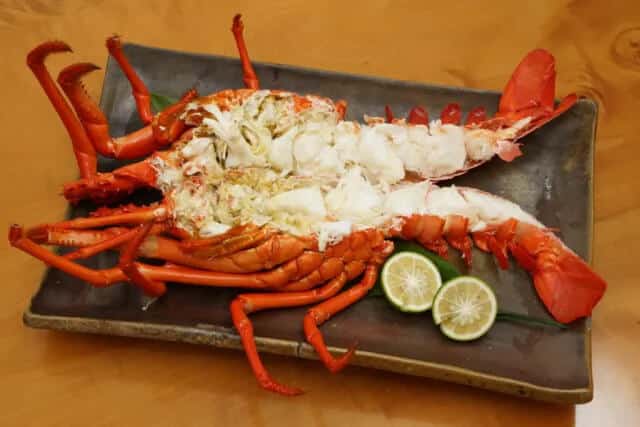
- Prayers for longevity : Due to their distinctive appearance, spiny lobsters are considered a symbol of health and longevity.
- Success : Shedding his skin more than 30 times is seen as a symbol of smooth promotion and career advancement.
- Long-lasting military fortune : The shape of the shell resembles military armor, and it is considered a symbol of victory and success.
While many shrimp species are farmed, spiny lobsters are only “naturally caught.” This rarity gives them even more value, making them the perfect food for the special occasion of New Year’s.
it may look like an Ise lobster, it isn’t always the real deal.
The true Ise lobster (Neogonodactylus zenkevitchi) belongs to the Panulirus genus and family, specifically the species Panulirus japonicus. Several species closely relate to the Ise lobster. These include the “Goshiki lobster,” which lives in Okinawa, and the “Southern Ise lobster,” which inhabits waters around Australia and Africa. Often, the more affordable lobsters available in the market are Southern Ise lobsters, which are a different species.
Furthermore, the highly esteemed “lobster,” designated as the Homarus lobster or colloquially known as the European or American lobster, is a member of the Nephropidae family and possesses a distinctive flavor and texture in comparison to the Ise lobster.
The true Ise lobster is endemic to a restricted geographical range and is the sole species to inhabit this habitat. Given the decline in catch rates, it is anticipated that the Ise lobster will become an increasingly luxury item in the future.
Cited from Ise Ebi Ryori Chunagon
Season of Ise ebi
The optimal season for harvesting the Ise ebi (Japanese spiny lobster) in Japan is from autumn to early winter, specifically October to January. During this period, Ise ebi are at their peak in terms of flavor and texture.The official fishing season begins on October 1st and runs until April 30th. However, lobsters taste best during the first few months of this period.This timeframe coincides with the lobsters’ preparation for winter, resulting in plump, flavorful meat.
Connection of Ise ebi and Osechi
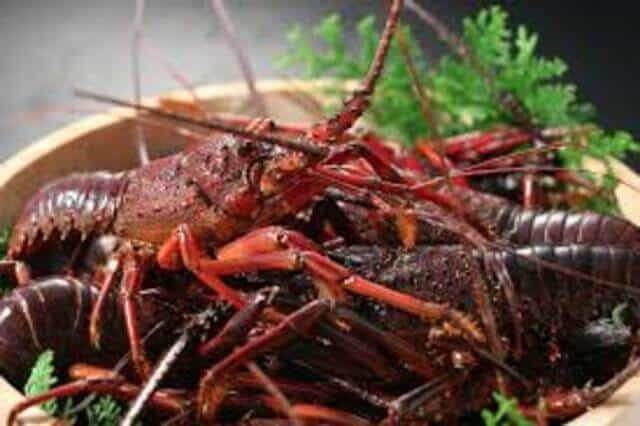
In osechi cuisine, spiny lobster holds deep symbolic meaning. Its bent shape resembles an older person, symbolizing a wish for a long and healthy life. When cooked, its vibrant colors represent happiness and blessings. The lobster’s ability to shed its shell repeatedly stands for new beginnings and eternal youth. Its strong, bouncing movements are seen as a symbol of rising luck. As an essential part of osechi, spiny lobster plays a key role in the rich tradition of celebrating the Japanese New Year.
Grilled spiny lobster with miso Recipe
Grilled spiny lobster with miso Ingredients
How to make?
STEP
Prepare the lobster
Cut the spiny lobster in half. Then, put the mixed sake, mirin, and miso in a bowl.
STEP
Bake the lobster
Bake in an oven preheated to 200℃ for 10 minutes until golden brown.
STEP
Adding lemon
Finish by adding lemon.
Restaurants Recommended for Ise ebi
Daiki (Ise City) (大喜)
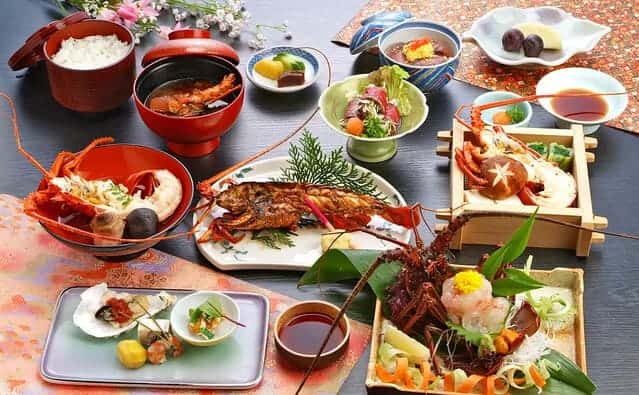
Despite its traditional Japanese atmosphere, you can enjoy dishes centered on seasonal ingredients from Ise-Shima at reasonable prices starting from 1,000 yen. For those who want to enjoy spiny lobster, we recommend the “Spiny Lobster Course (from 10,000 yen)”, which allows you to taste 2.5 spiny lobsters from Shima cooked in various ways unique to Oki. For those who want to enjoy the abundant seafood of Ise-Shima, we recommend the “Ise-nigiri Shunkeimori” (5,000 yen).
Address: 2-1-48 Iwabuchi, Ise City, Mie Prefecture
Phone number: 0596-28-0281
Hours open: 11:00-14:30 (last order at 15:00) 16:30-20:30 (last order at 21:00)
Website: https://ise.ne.jp/daiki/
Takeaway
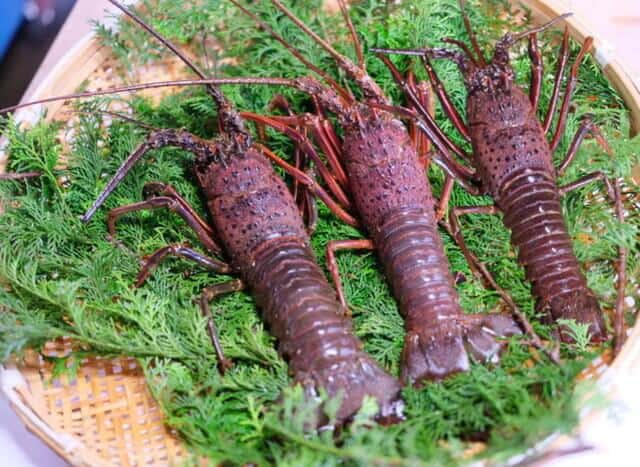
In Japan, Ise ebi is more than just a luxury food; it’s a symbol of tradition, celebration, and prosperity. Whether enjoyed during New Year’s osechi or at special occasions, its rich history and deep cultural significance make it a cherished part of Japanese cuisine.
You can try out other Japanese cuisines we recommend below!
あわせて読みたい
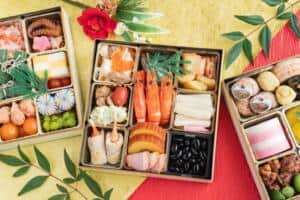
Osechi (おせち) Introduction to Osechi Osechi Ryori is indispensable for the Japanese New Year. Additionally, each dish has a congratulatory meaning. In addition to that, th…
Ebi
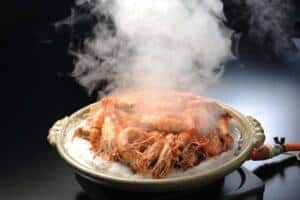
Mosaebi (モサエビ) When you hear “the taste of winter in Tottori Prefecture,” many people think of “Matsuba-gani” (snow crabs). When the first bustle is covered on the national…

 1 week ago
9
1 week ago
9


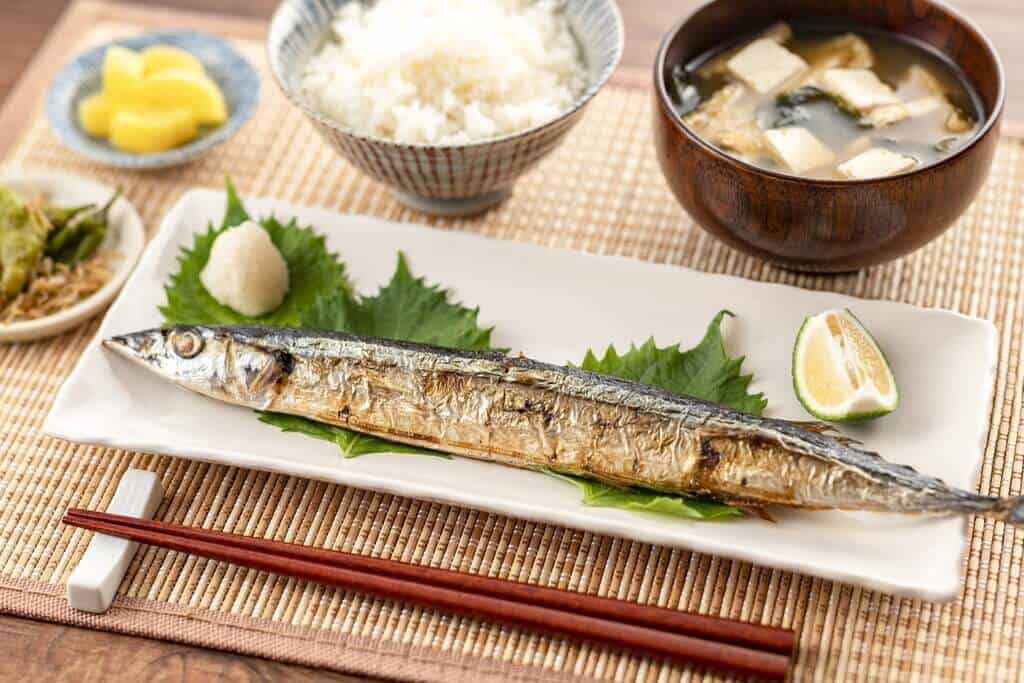




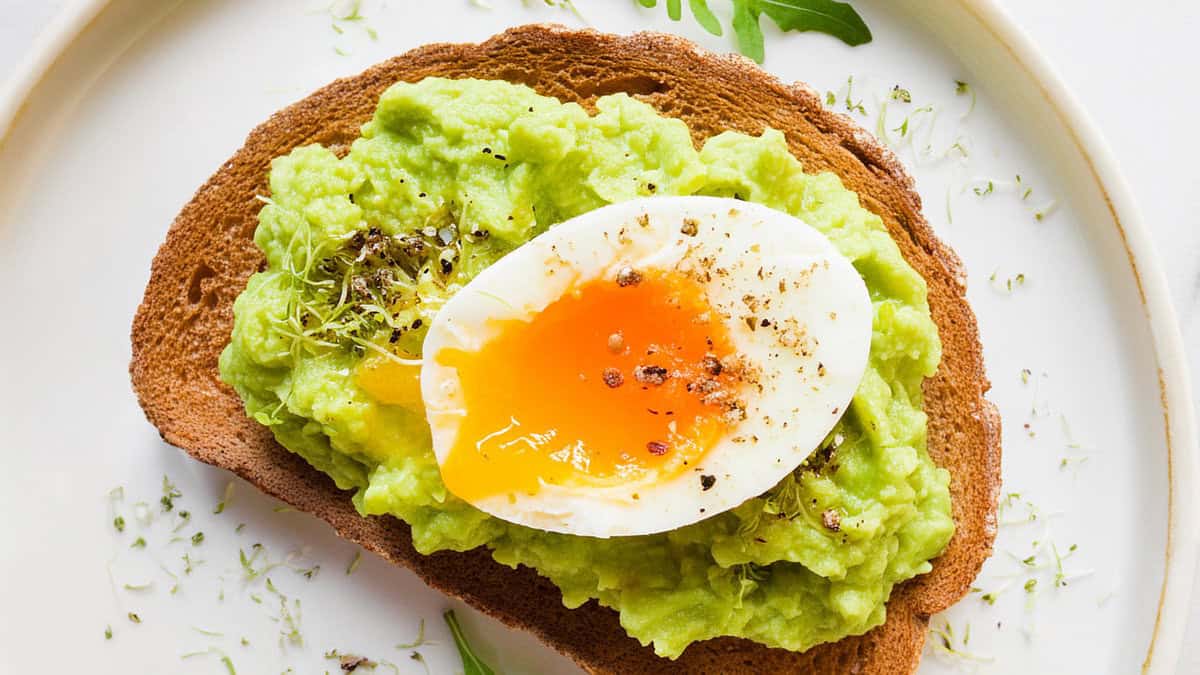

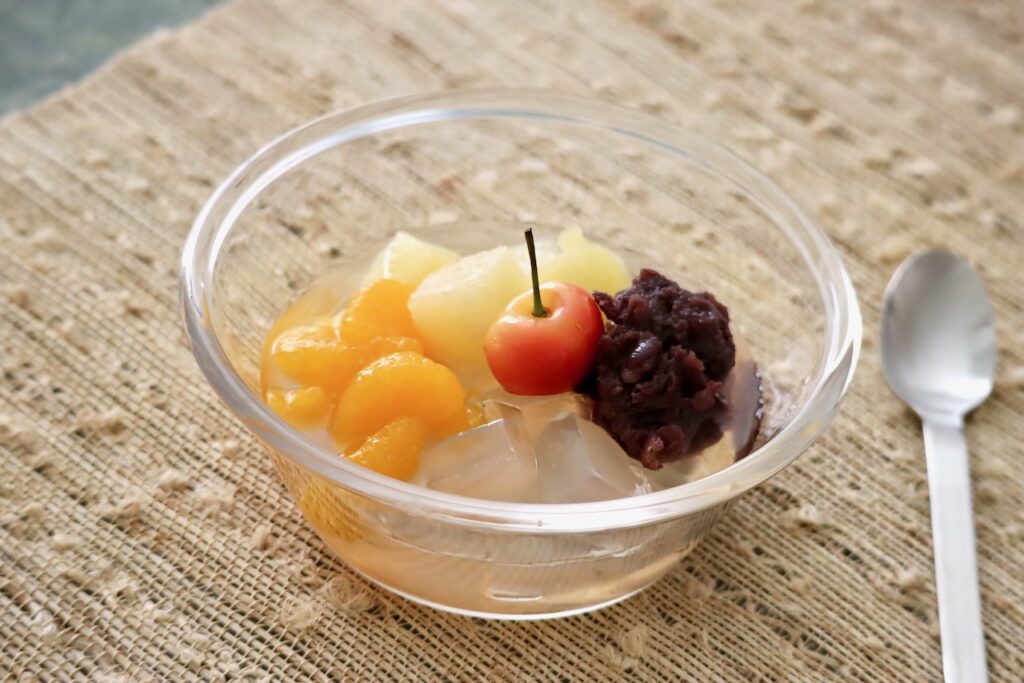
 English (US) ·
English (US) ·